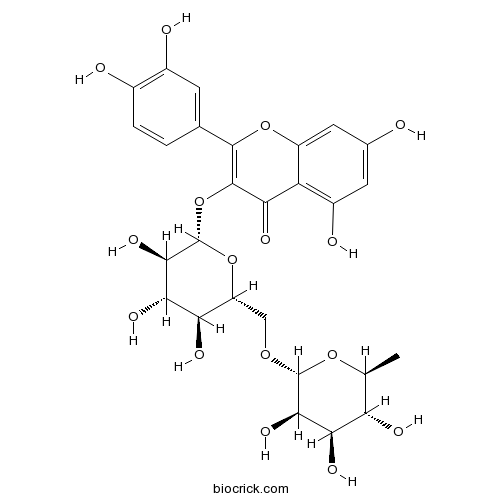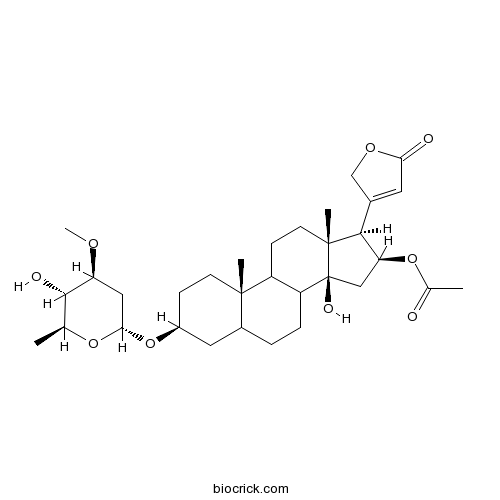Nerium oleander
Nerium oleander
1. The products in our compound library are selected from thousands of unique natural products; 2. It has the characteristics of diverse structure, diverse sources and wide coverage of activities; 3. Provide information on the activity of products from major journals, patents and research reports around the world, providing theoretical direction and research basis for further research and screening; 4. Free combination according to the type, source, target and disease of natural product; 5. The compound powder is placed in a covered tube and then discharged into a 10 x 10 cryostat; 6. Transport in ice pack or dry ice pack. Please store it at -20 °C as soon as possible after receiving the product, and use it as soon as possible after opening.
Natural products/compounds from Nerium oleander
- Cat.No. Product Name CAS Number COA
-
BCN1684
Rutin153-18-4
Instructions

-
BCN5511
Oleandrin465-16-7
Instructions

Phylogeny of Paecilomyces, the causal agent of pistachio and some other trees dieback disease in Iran.[Pubmed: 30040828]
One of the most important fungal agents of pistachio dieback disease belongs to the ascomycete genus Paecilomyces that has been identified as P. variotii. In 2012-2014, 700 plant samples from pistachio trees and 27 other plant species with dieback symptoms were collected from 10 provinces of Iran. Of the 567 pistachio samples, 277 Paecilomyces strains were obtained and from the 133 samples of other plants (except pistachio and including Pistacia mutica, Punica granatum, Prunus amygdalus, Caesalpinia gilliesii, Nerium oleander, Tamarix aphylla, Tamarix hispida and Haloxylon sp.), 23 fungal isolates were recovered and five isolates were obtained from the air of infected pistachio orchards. Based on morphology, all 305 isolates were identified as P. variotii. Physiological studies revealed that 299 isolates belong to P. formosus. Three isolates were assigned to P. variotii, while three isolates could not be assigned to any of the known species. Of the 305 isolates, 62 were selected for phylogenetic analysis based on DNA variation (ITS, β-tubulin and calmodulin). This analysis showed that all of our isolates form a clade with P. formosus. P. formosus consists of the three former species P. formosa, P. lecythidis and P. maximus. This study shows that our isolates form a strongly supported clade with strains of P. lecythidis. So, the causal agent of dieback disease of pistachio and other examined trees is P. formosus which is closely related to the former species P. lecythidis and has some differences with the former species P. formosa and P. maximus. Based on phylogenetic studies P. formosus thus seems to be a species complex that could be divided into three separate species.
Potential of trees leaf/ bark to control atmospheric metals in a gas and petrochemical zone.[Pubmed: 29800859]
Leaf and bark of trees are tools for assessing the effects of the heavy metals pollution and monitoring the environmental air quality. The aim of this study was to evaluate the presence of Ni, Pb, V, and Co metals in four tree/shrub species (Conocarpus erectus, Nerium oleander, Bougainvillea spectabilis willd, and Hibiscus rosa-sinensis) in the heavily industrial zone of Asaloyeh, Iran. Two industrial zones (sites 1 and 2), two urban areas (sites 3 and 4), and two rural areas (sites 5 and 6) in the Asaloyeh industrial zone and an uncontaminated area as a control were selected. Sampling from leaf and bark of trees was carried out in spring 2016. The metals content in the washed and unwashed leaf and bark was investigated. The results showed that four studied metals in N. oleander, C. erectus, and B. spectabilis willd in all case sites were significantly higher than that of in the control site (p < 0.05). The highest concentration of metals was found in sites 3, 4, and 6; this was due to dispersion of the pollutants from industrial environments by dominant winds. The highest comprehensive bio-concentration index (CBCI) was found in leaf (0.37) and bark (0.12) of N. oleander. The maximum metal accumulation index (MAI) in the samples was found in leaf of N. oleander (1.58) and in bark of H. rosa-sinensis (1.95). The maximum bio-concentration factor (BCF) was seen for cobalt metal in the N. oleander leaf (0.89). The nickel concentration in washed-leaf samples of C. erectus was measured to be 49.64% of unwashed one. In general, the N. oleander and C. erectus species were found to have the highest absorption rate from the atmosphere and soil than other studied species, and are very suitable tools for managing air pollution in highly industrialized areas.
Cardenolides from the leaves of Nerium oleander.[Pubmed: 29540313]
Six new cardenolides (1-6), including three 14-hydroxylated cardenolides and three 14-carbonylated cardenolides were isolated from the dried aerial parts of Nerium oleander Linn in addition to twenty-seven known compounds (7-33). Their structures were elucidated on the basis of extensive spectroscopic evidences and single-crystal X-ray diffraction analysis. Compounds 1, 4, 7-10 and 13 exhibited significant cytotoxicity against four colon cancer cell lines (HCT116, HT29, SW620, RKO), one gastric cancer cell line (GT) and one cervical cancer cell line (HeLa) in vitro.


